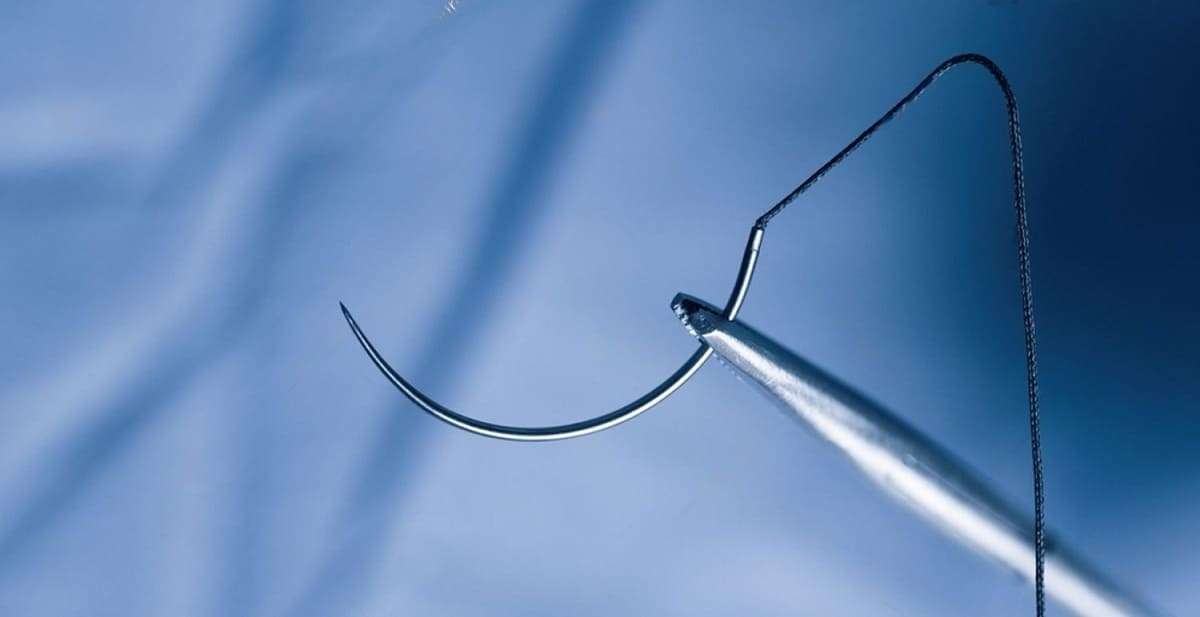Suture needles are essential tools in surgical procedures, used to close wounds or surgical incisions by stitching tissues together. In India, as in other parts of the world, a variety of surgical suture needles are used, each designed for specific types of tissue and surgical applications. The different types of surgical suture needles can be categorized based on their shapes, points, and the type of tissue they are intended to suture.

Categories of Surgical Suture Needles
Needle Shapes
- Straight Needles: Used for surface suturing where direct access is available.
- Curved Needles: Most commonly used, allowing for easy manipulation in deeper tissues. Curvature can vary from 1/4 to 5/8 of a circle.
-
- 1/4 Circle: Typically used for ophthalmic and microsurgical procedures.
- 3/8 Circle: Commonly used in general surgery, skin closure, and gastrointestinal procedures.
- 1/2 Circle: Often used for deeper tissue layers, such as muscle and fascia.
- 5/8 Circle: Suitable for deep, confined spaces such as the pelvis and oral cavity.
Needle Points
- Taper Point Needles: Have a rounded body that tapers to a sharp point, used for suturing easily penetrable tissues like muscle and subcutaneous tissues.
- Cutting Needles: Feature a triangular body with a sharp cutting edge, ideal for tough, dense, or fibrous tissues.
- Conventional Cutting Needles: Cutting edge on the inner curvature, used for skin and other tough tissues.
- Reverse Cutting Needles: Cutting edge on the outer curvature, providing better control and reduced risk of cutting through tissue.
- Blunt Point Needles: Rounded tip that does not cut, used for friable tissues like the liver and kidney.
- Tapercut Needles: Combination of a taper point and a cutting edge, used for delicate and dense tissues like vascular grafts and fascia.
Specialty Needles
- Spatula Needles: Flat on the top and bottom with a cutting edge, used in ophthalmic surgery.
- Trocar Needles: Have a sharp, pointed tip with a cutting edge, used for penetrating tough tissues.
- Endoscopic Needles: Designed for minimally invasive surgeries, long and thin to fit through endoscopic instruments.
- Eyeless (Swaged) Needles: The suture is pre-attached to the needle, reducing tissue trauma and handling time.
Common Types of Surgical Suture Needles in India
Round-bodied Needles
- Uses: Soft tissue, gastrointestinal, vascular, and subcutaneous tissues.
- Examples: Taper point, blunt point.
Cutting Needles
- Uses: Skin, tendons, oral mucosa.
- Examples: Conventional cutting, reverse cutting.
Specialty Needles
- Uses: Ophthalmic surgery, microsurgery, endoscopic surgery.
- Examples: Spatula needles, trocar needles, endoscopic needles.
Choosing the Right Needle
The choice of suture needle depends on several factors:
- Type of Tissue: Dense, tough tissues require cutting needles, while softer tissues are better suited for taper point needles.
- Surgical Procedure: Different surgeries may require specific needle shapes and points for optimal results.
- Needle Handling: Curved needles are preferred for deep tissues, while straight needles are used for surface suturing.
Conclusion
Understanding the various types of surgical suture needles and their specific applications is crucial for effective wound closure and healing. In India, a wide range of suture needles is available to meet the diverse needs of surgical procedures, from general surgery to specialized fields like ophthalmic and endoscopic surgeries. Proper selection and use of these needles enhance surgical outcomes and patient recovery.